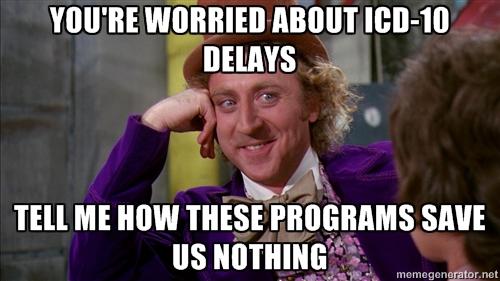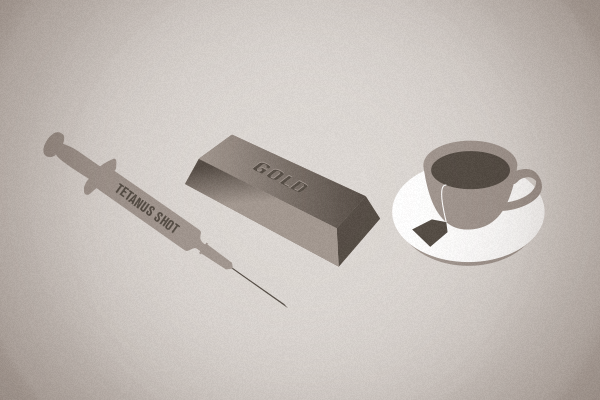Originally posted on Kevinmd.com
In 2010, I started practicing Direct Care in Wichita, KS. I steadily built a full roster of subscribers who pay between $10 and $100 per month to see me whenever they need to, for as long as they need to, however they want to (at their home, in my office, or via the Internet), all with zero copay.
Recently, a patient of mine developed ongoing shoulder pain. He’s middle-aged, insured, in good health overall, and as expected, refused to get an MRI.
As a direct care practitioner, I act as my patients’ family doctor — routine checkups, consultation, etc. — and as their personal urgent care physician – lacerations, broken bones, earaches, and stomach flus — I can handle all of this at no extra cost.
I write and fill their prescriptions, some as low as pennies per pill. Patients do pay for their labs and panels, but our wholesale rates come out lower than the copay of most insurance plans.
I even have someone who helps them find super affordable wrap-around insurance plans in case of major trauma.
Just last week this same patient called me up first thing in the morning: He was in severe pain.
“Dr. Josh, I’m ready for that MRI.”
So I immediately made the call to a local lab technician, because I wasn’t fifteen minutes behind my third appointment scheduled for the first hour of my day like most doctors working within the traditional fee-for-service model.
Because of the relationship I’ve built with the lab, my patient owed only $400 for the MRI, instead of the out-of-pocket cost of $1,500 that’s billed standard.
Within 45 minutes, my ailing patient was leaving the lab. Within a few hours, I was reviewing the results [Josh, please tell me the results here > … ].
But critics are probably shaking their head, wondering why this man would want Direct Care when he’s currently insured.
Well, the thing about insurance is that in almost all cases, patients need to meet their deductible in order for insurance to cover things like MRIs. An Obamacare silver plan comes with a $3,000 deductible — twice the amount due! If they went to the same lab and used their insurance, they would owe $1,100 more out-of-pocket.
And they would still owe that monthly insurance premium that’s really only there in case of major trauma.
And they would risk having to go to an overpriced ER if they had any trouble late at night or on the weekend.
It’s worth remembering that insurance is a business and they sell their benefits like every other company. Major Medical will typically offer “free preventative care” in effect saying, “as long as you see an overworked doctor of our choosing, you pay nothing.”
Except you do pay. You pay by waiting 18 days to get an appointment. You pay when doctors talk to you for 7 minutes and have to look down at your chart to remember your name. You pay when these doctors refer you to the same lab for the same MRI and you’re indebted $1,500 because you haven’t met your deductible yet.
That’s why it baffles me when people have knee-jerk reactions to paying cash for medical services.
“Oh, cash-only medicine, that’s only for the rich,” said an associate of mine while we were in L.A years ago. She went on to manage Patient Experience for the prestigious USC Medical Center, a place even the insured might only dream of receiving care.
Then there are critics who say things like, “You doctors seeing fewer patients will reduce access to primary care.”
Or our favorite gripe, “You’re going to create two-tiered healthcare.”
As a Direct Care practitioner I take offense to these attacks because they lack perspective. Do critics of an affordable option that delivers real value want healthcare without any tiers? And what would this tier look like? Millions losing existing coverage, rising premiums for small businesses, cheap Obamacare plans sneaking in absurd drug costs…
To me, this sounds like a universal healthcare system that equally fails all people of all socioeconomic backgrounds.
Why would someone criticize me when I tell people, I’m happy doing what I’m doing, I’m happy to consult other doctors in doing similar work, and I’m happy to motivate students to choose family medicine instead of a specialty?
Critics see affordable cash-only doctors as the root of our doctor shortage. I see us as a viable long-term solution. When students begin to perceive the financial and emotional benefits of practicing family medicine – two things I can personally vouch for their attainability – then this doctor shortage might actually be addressed.
And when critics want to examine the chip on their shoulder, I’ll be glad to negotiate for them.

